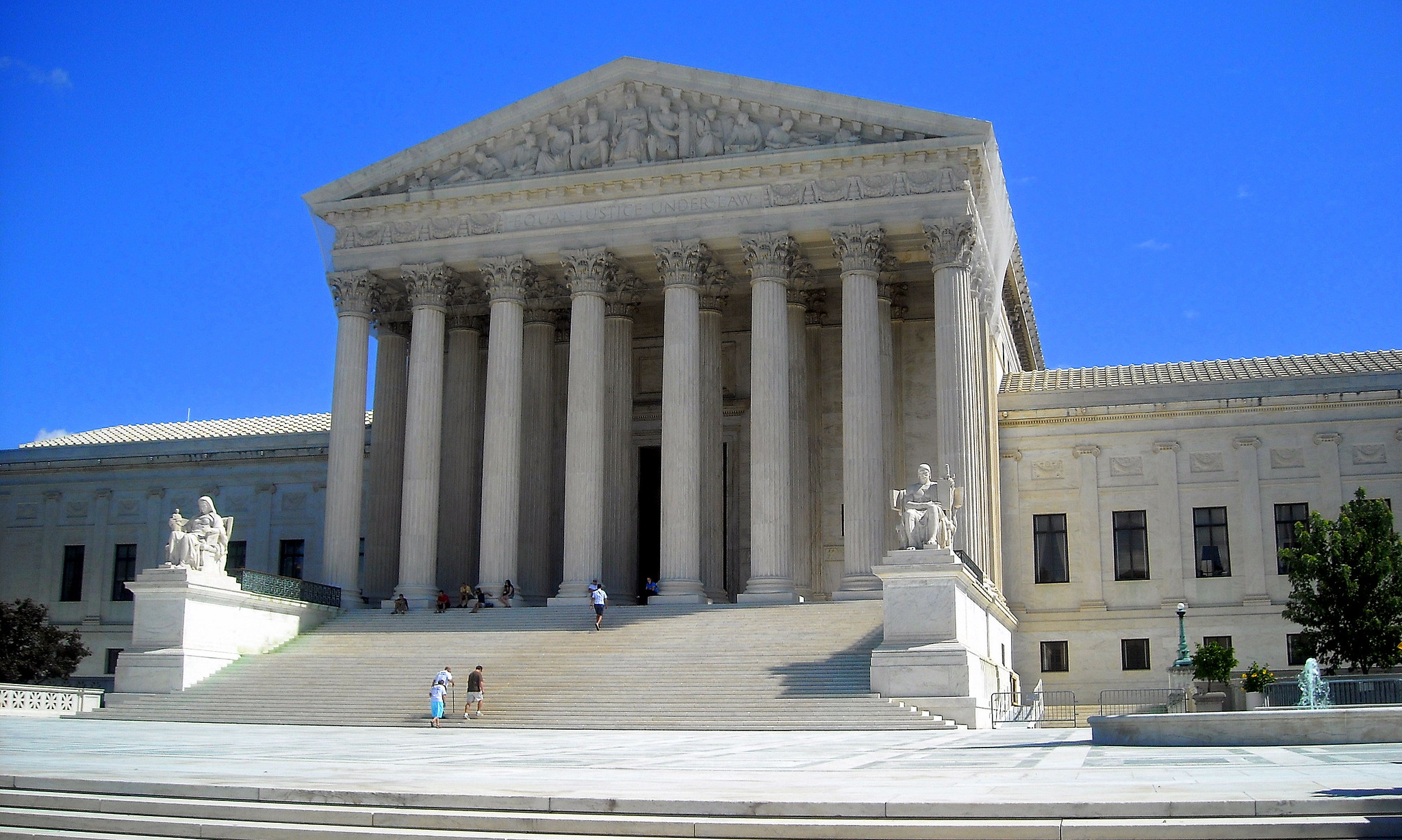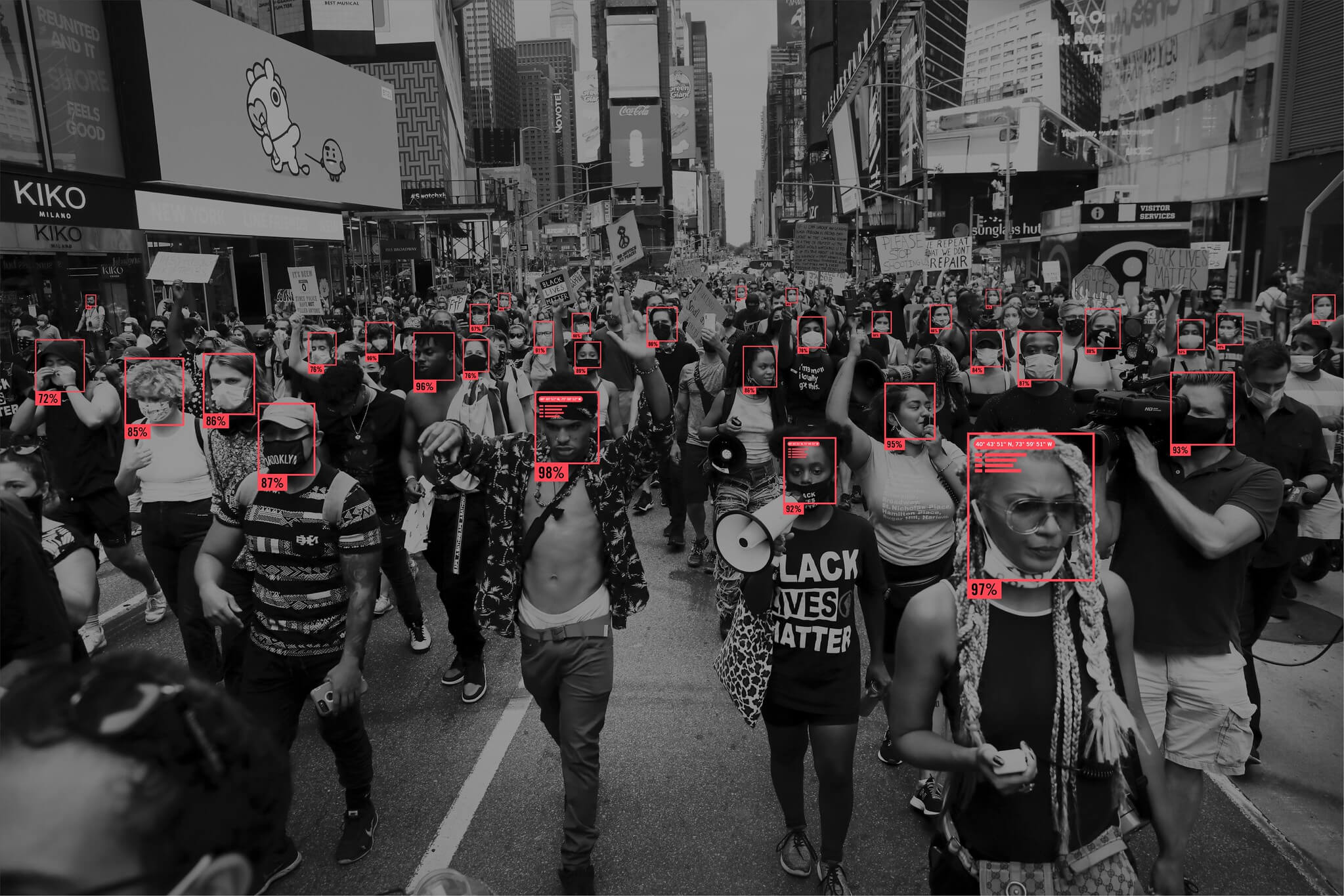The Impact of Carpenter v. United States in the Lower Courts and the Emerging Carpenter Test
An analysis of the federal and state judgments applying Carpenter illuminates both the present state of the law and the paths along which it will likely continue to develop.

Published by The Lawfare Institute
in Cooperation With

The Supreme Court’s 2018 decision in Carpenter v. United States was widely considered to be a sea change in Fourth Amendment law. Carpenter held that individuals can retain Fourth Amendment rights in information they disclose to a third party, at least in some situations. Specifically, cell phone users retained Fourth Amendment rights in their cell phone location data, even though that data was disclosed to their cell phone companies.
This is a potentially revolutionary holding in the internet era, when virtually every form of sensitive digital information is exposed to a third-party service provider at some point. Carpenter raises the possibility that the Fourth Amendment may effectively protect sensitive digital data. But Carpenter is a notoriously vague opinion, and scholars have reached conflicting conclusions about its meaning and impact. What does Carpenter mean, and what will it mean in the future?
In a recent article forthcoming in the Harvard Law Review, I attempt to shed some light on Carpenter and its jurisprudential impact. I coded and analyzed all 857 federal and state judgments applying Carpenter through March 31, 2021. In doing so, I was able to identify the factors that drive modern Fourth Amendment search decisions and describe a nascent Carpenter test now emerging in the lower courts. I also examined overall compliance with Carpenter, finding that courts have largely embraced it, with almost no overt criticism and relatively little indirect noncompliance. And I encountered a shockingly high rate of cases resolved based on the “good faith exception” to the exclusionary rule, which permits the government to use unconstitutionally obtained evidence to convict defendants if such evidence was collected in reliance on prior law. These findings can help resolve some of the mysteries of Carpenter, illuminating both the present state of the law and the paths along which it will likely continue to develop.
The Carpenter Factors
Prior to Carpenter, information that an individual disclosed to a third party was not protected by the Fourth Amendment. Carpenter imposed at least some limits on this “third-party doctrine” going forward. But it did not set out a clear test for when third-party data is covered by the Fourth Amendment.
It did, however, describe several factors that were relevant to its decision in the cell phone tracking context. The court discussed the revealing nature of cell phone data, which could provide an intimate window into an individual’s life and activities. It addressed the large quantity of location data available to the government, encompassing numerous data points per day for potentially long periods of time. It referred to the large number of people who would be affected by unrestrained cell phone surveillance. It described how cell phone data was automatically disclosed to a cell service provider and how cell phones were largely inescapable in modern life, meaning that the disclosure of cellular location data to third parties was essentially involuntary. And it detailed the low cost of cell phone surveillance, which made detailed location surveillance easy and cheap compared to traditional investigative methods.
Any or all of these factors might play a pivotal role in future cases. But, in Carpenter, the court gave no concrete test to guide future decisions; it merely discussed several principles that appeared important in the context of cell phone location tracking. The decision left it for future courts to determine how these principles should apply to novel Fourth Amendment questions. And so, several years after Carpenter was decided, I conducted the examination of lower court decisions described above.
In the dataset, 217 decisions reached a determinative, yes-or-no ruling on a Fourth Amendment search question. A majority (129) of these decisions discussed at least one of the Carpenter factors in reaching a judgment. For example, in United States v. Trice, the Sixth Circuit applied the factor that considers the amount of data captured, and found that it disfavored the defendant. Police officers had installed a hidden camera near a suspect’s apartment door and recorded four short clips of footage over a six-hour period. The court noted that this technique captured far less data than the detailed, prolonged cell phone tracking at issue in Carpenter. Ultimately, the court ruled that the use of the camera was not a Fourth Amendment search.
Overall, courts cited a variety of factors in cases resolving Carpenter questions, but they rarely discussed all or most of the factors together. Instead, courts often discussed the factors that influenced their reasoning and ignored the other factors, even when those factors might have pointed in the same direction. In determining which factors were most prevalent, my analysis found that the revealing nature of the data, the amount of data collected, and the automatic nature of data disclosure emerged as the most influential factors. The courts addressed the cost of surveillance and the inescapable nature of a technology only occasionally, although those factors were generally influential when they were addressed. Surprisingly, the number of persons affected by a surveillance practice was rarely discussed and had virtually no effect on case outcomes. Indeed, several courts overtly rejected this as a factor.
The revealing nature and amount of the data collected by the government were the most commonly used factors in the cases. Revealing nature was mentioned in 93 decisions, and amount was mentioned in 116 decisions. These factors were also strongly, and statistically significantly, correlated with case outcomes.
Whether a person’s data had been automatically disclosed to a third party, or instead had been disclosed through a voluntary act, was a less common but still influential factor in the cases, appearing in 61 decisions and correlating significantly with case outcomes. This factor generally led courts to deny Fourth Amendment protections—it was found to disfavor defendants in 82.6 percent of cases in which it appeared.
Moreover, as I have argued elsewhere, relying on concepts like automatic disclosure is often problematic. The disclosure of data to services like Uber, Google Maps, dating apps, smart home devices, websites and countless other providers is in theory voluntary and avoidable, but such disclosures are in practice an important part of people’s lives. Moreover, optional technologies such as dating apps, smart home devices and DNA analysis services often capture especially intimate personal information. And voluntariness approaches can create substantial inequalities in Fourth Amendment law. Technologies that are avoidable for most people are often unavoidable for others, including the disabled, the poor and other disadvantaged populations. For all of these reasons, courts should be cautious in definitively adopting automatic disclosure of data as a factor in a mandatory Carpenter test.
By contrast, the cost of surveillance is a potentially useful factor that courts should consider adopting in more cases. Conceptually, cost dovetails with amount. When the government is able to capture large amounts of data at a low cost, the potential for large-scale surveillance raises serious concerns about individual liberty and government power. By assessing the general cost of a surveillance practice, courts may be able to address concerns about large-scale surveillance programs via a relatively simple and administrable analysis.
Lower Court Compliance With Carpenter
Across more than 800 cases, courts have largely embraced Carpenter and its analysis. They have engaged in almost no overt criticism of the decision and its unique approach. And they have demonstrated relatively little indirect noncompliance. The law is still developing, but Carpenter appears to be workable in the lower courts.
Since June 2018, very few cases addressing the third-party doctrine have failed to cite Carpenter, suggesting that recognition of the case is widespread. There is circumstantial evidence of some courts engaging in indirect noncompliance with Carpenter. Indirect noncompliance refers to courts intentionally misinterpreting controlling precedent in order to reach a preferred outcome. In the dataset of 217 determinative search decisions, 29 decisions (13.4 percent) applied a strong version of the third-party doctrine that was arguably in tension with the Carpenter opinion, which imposed a meaningful limit on that doctrine. These opinions might represent a small pocket of resistance toward Carpenter, albeit a subtle, indirect resistance.
But judicial inertia toward a prior status quo is a common phenomenon, following a major legal change, and its occurrence here should not be too surprising. And, as theories of indirect noncompliance would predict, indirect noncompliance with Carpenter appears to be decreasing over time. The proportion of determinative cases that invoke a strong third-party doctrine has fallen in recent years, as judges become more familiar with Carpenter. In any event, the vast majority of cases show no explicit or even implicit resistance toward Carpenter’s reformation of the third-party doctrine.
The Enormous Impact of the Good Faith Exception
One of the most surprising findings of my analysis was the remarkable impact of the good faith exception on post-Carpenter case outcomes. The good faith exception provides that evidence obtained in good faith reliance on a statute, warrant or other authority will not be excluded, even if the authority was incorrect and the search for evidence was unconstitutional. The idea is that police officers relying on existing legal authority are acting in good faith and therefore cannot be deterred effectively by the exclusion of evidence. There were 399 decisions in the dataset that applied Carpenter substantively in a Fourth Amendment search case, and 144 of these were resolved based on the good faith exception without addressing the search issue, a rate of 36.1 percent. The vast majority of these good faith cases involved government officials obtaining historical cell phone location data without a warrant, the practice declared unconstitutional in Carpenter. In other words, a surprisingly large percentage of post-Carpenter cases involve unconstitutional government searches for which the persons affected have no meaningful remedy.
To be sure, the proportion of cases resolved via the good faith exception will decrease over time, as fewer cases are tried involving pre-Carpenter searches of cell phone data. But roughly 30 percent of cases were still being resolved on good faith grounds in 2020 and 2021, years after Carpenter was decided. Ultimately, it is likely that hundreds of criminal defendants will be convicted on the basis of searches that Carpenter deemed unconstitutional.
The remarkably high proportion of cases resolved via the good faith exception following a major Supreme Court decision should spur a reexamination of the exception. Current law may incentivize the police to aggressively apply new surveillance practices in order to secure convictions, even when those practices are likely unconstitutional. These incentives are examined in more detail in my article. They often involve police reliance on an old, general-purpose statute that is used to justify new and invasive forms of surveillance. Lower courts have applied the good faith exception broadly to justify novel surveillance practices, even when those practices have never been addressed by an existing statute or case. My study’s findings should raise alarms about the potential for the good faith exception to incentivize widespread unconstitutional surveillance on the basis of flimsy reliance claims.
***
My article’s detailed examination of post-Carpenter Fourth Amendment law yields other insights as well. It breaks down the cases by jurisdiction and examines changes in outcomes over time, while addressing the potential impact of selection effects. It examines differences in federal and state decisions, drawing lessons for federalism theory and debates regarding the capacity of state courts to address federal constitutional questions. It also analyzes the effects of political affiliation and exposure to judicial elections on case outcomes. And it suggests alternative approaches that can help to clarify and improve Fourth Amendment jurisprudence going forward. Indeed, the study opens the door to a variety of new proposals about the future course of Fourth Amendment law, grounded in a deeper knowledge of courts’ current practices.




.png?sfvrsn=aed44e61_5)
